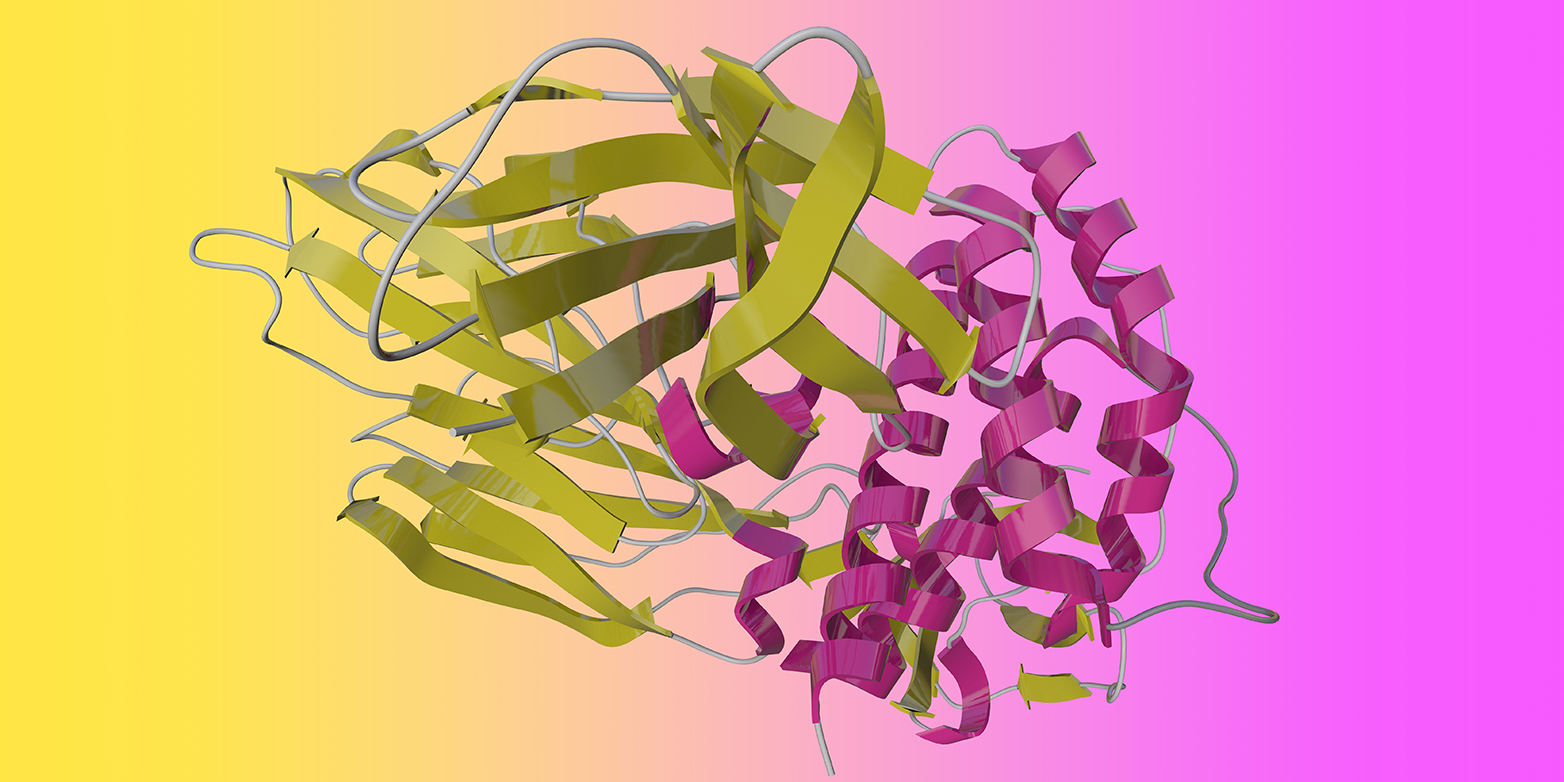Computer algorithms are currently revolutionising biology

Computer algorithms have been a helpful tool in biomedical research for decades, and their importance has been growing steadily over that time. But what we’re now experiencing is nothing short of a quantum leap; it overshadows all that came before and it will have unforeseen effects. Artificial intelligence (AI) algorithms have made it possible to use nothing but the linear sequence of the building blocks of proteins – amino acids – to deliver extremely accurate predictions of the three-dimensional structure into which this chain of amino acids will assemble.
Grasping the importance of this development hinges on knowing that biology on a cellular level is actually always about spatial interactions between molecules – and that it’s the three-dimensional structure of these molecules that determine those interactions. Once we understand the structures and interactions in play, we understand the biology. And only once we understand the structure of molecules can we engineer medications capable of influencing the function of these molecules.
Up to now, there have been three experimental methods for determining the three-dimensional structure of proteins: X-ray structure analysis, nuclear magnetic resonance and, just in the past few years, cryo-electron microscopy. The addition now of AI as a fourth precision method is due not just to improvements in AI algorithms and the vast computing power that is available today. For AI to make accurate predictions, it also needs to be trained using a wealth of data of exceptional quality. What makes the abovementioned quantum leap possible is considerable progress and effort in both data science and experimental protein research.